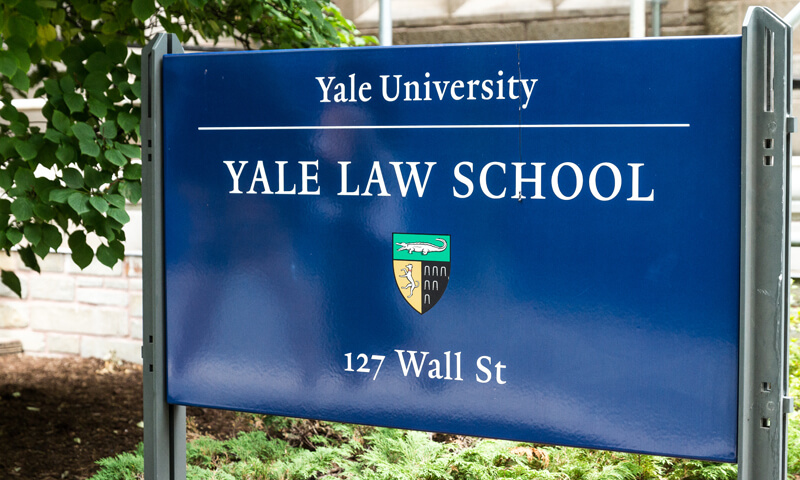Harvard Law School has announced a new initiative to examine the role slavery played in its founding and to help preserve the Royall family’s home and plantation. This move aims to educate the public and Harvard students about the history of the school and the contributions of the enslaved people who worked on the Royall plantation. The initiative will involve collaboration with the Royall House and Slave Quarters, a Medford, Massachusetts museum that is among the last freestanding quarters where enslaved people lived in the north. The collaboration will involve conducting research and collaborating on educational programming. Additionally, the law school will donate $500,000 to the museum for its operations and preservation of its historic buildings.
The initiative comes after a group of Harvard law students in 2015 pushed to abandon the school’s official seal, which featured three sheaths of wheat – imagery taken from the Royall family’s coat of arms. The new book about Harvard Law’s history brought attention to Royall’s early involvement. The law school formed a committee to examine the issue and ditched the seal the following year, adopting a new one that does not reference Royall in 2021.
Not everyone at the law school agreed with that decision, however. Professor Annette Gordon-Reed, who served on the committee, argued that the school should maintain the seal and tie it to a “historically sound interpretive narrative” about the true origins of the law school. In 2017, the school unveiled a memorial to the enslaved people whose work helped fund its early years.
Harvard Law is also creating a campus installation that will pay tribute to the people enslaved by Royall. They include Belinda Sutton, who petitioned a Massachusetts court to claim her rightful pension from the Royall estate after emancipation.
Ready to make a change in your legal career? BCG Attorney Search can help you find the perfect job.
The new collaboration will enable the school to share its complicated history with slavery and commemorate the contributions Royall’s enslaved people made to the school’s establishment, Manning said. Royall House executive director Kyera Singleton said part of the museum’s mission is helping people understand how the legacy of slavery impacts communities of color today.
In conclusion, Harvard Law School is taking steps to acknowledge and educate about its past involving slavery through collaboration with the Royall House and Slave Quarters, financial support for the preservation of historic buildings, and creating a campus installation that pays tribute to the people enslaved by Isaac Royall Jr. This move towards acknowledging and educating about its past is an essential step in understanding the legacy of slavery and its impact on communities of color today.
REFERENCES:
Harvard Law partners with plantation tied to ‘painful’ slavery past
Don’t be a silent ninja! Let us know your thoughts in the comment section below.












































